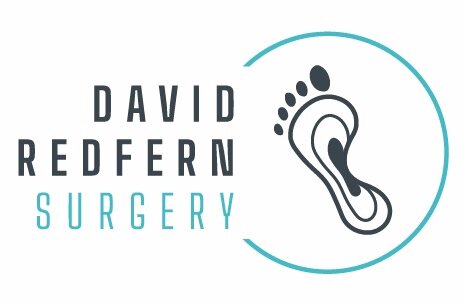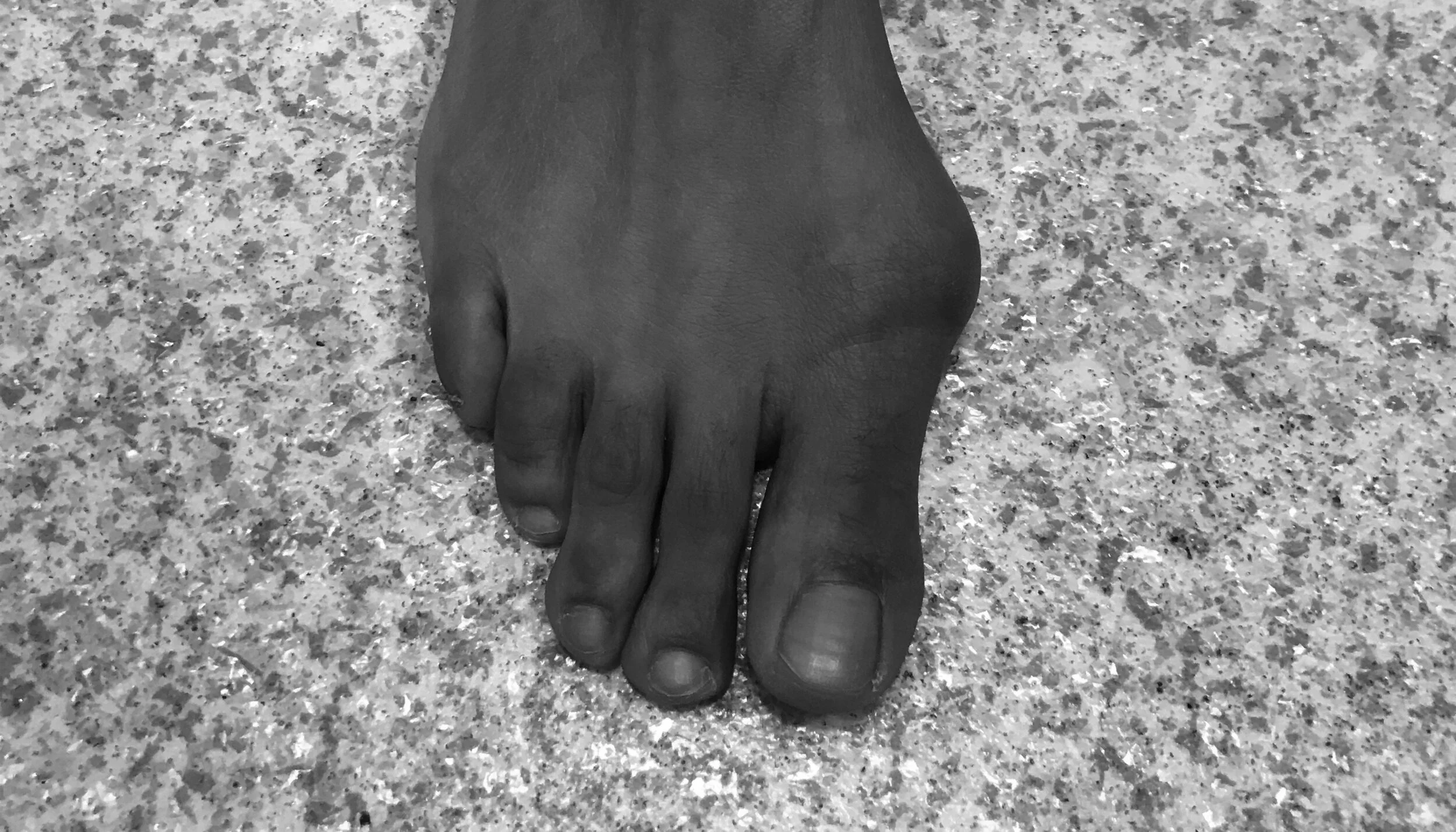Bunion Surgery
Hallux Valgus Bunions
The term bunion refers to the swelling on the side of the big toe joint. This occurs when the big toe leans too much into the second toe. The medical term for this condition is Hallux valgus.
As the swelling is prominent, this area is prone to rubbing from shoes, causing inflammation (redness) and pain.
Not all bunions are painful and some people can have large bunions without experiencing significant pain. However the deviating big toe can cause pressure on the second toe, resulting in the second toe becoming a hammer toe. In some cases, the first two toes will cross over, making it hard to walk.
Around 33% of people will develop bunions at some stage in their lives. The reason why Hallux valgus develops is genetic and the majority of people with bunions have a family history of the condition.
If an individual is prone to developing a bunion, tight footwear is likely to cause the big toe to deform. High heeled, pointed toe shoes are not the primary cause of the problem, but such footwear can accelerate the condition.
Other causes of Hallux valgus include injury, arthritis and muscle imbalance.
“International studies have shown significantly less pain with the Mr Redfern’s MICA technique than traditional techniques such as the Scarf Akin technique.”
Non-surgical treatment
Around half of all bunion sufferers do not need surgery. The goal of non-surgical treatment is to relieve pressure on the foot and to prevent the development of pressure sores and ulcers.
In some cases, comfortable, well-fitted shoes are sufficient to alleviate pain. A podiatrist can prescribe an arthoses, which is a device inserted into the shoe which may help prevent the condition from worsening.
It is very important to address any abnormalities in biomechanics. This term refers to foot and lower leg posture during movement.
Bunion surgery
Bunion surgery has a reputation for being very painful which is no longer justified with modern keyhole techniques pioneered by Mr Redfern.
New techniques overcome many of the problems associated with the older procedures by maintaining the anatomy of the foot. This means there are no adverse effects from bone shortening or removal of joints.
Surgery involves cutting the bones which are then held in the correct position using specially designed screws. This means the metalwork is buried and cannot usually be felt. It also means that the bone fragments do not move relative to each other avoiding much of the pain associated with older techniques. Modern surgical techniques use rigid bone fixation, which allows for early mobilisation of the big toe joint which is important in avoiding stiffness.
Physiotherapy is a very important tool in the recovery of patients from bunion surgery. Physiotherapists are able to speed up the recovery process by instituting early mobilisation and working on techniques to reduce swelling.
Physiotherapists specialising in foot and ankle conditions are an integral part of Mr Redfern’s team.

